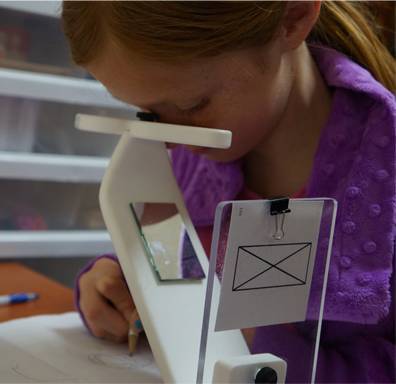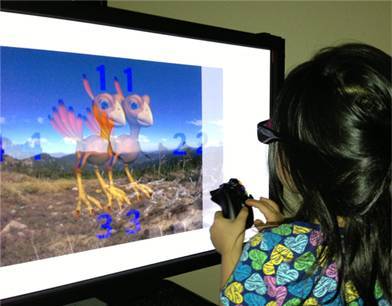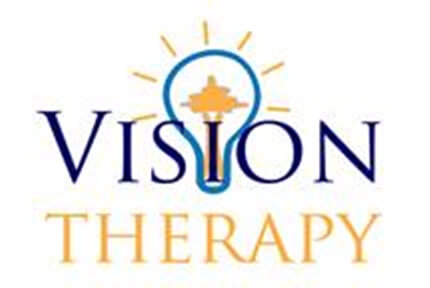d Vision Therapy is an individualized neuro-optometric program designed to improve and treat visual function. The goal is to improve visual skills to eliminate symptoms of visual stress and provide the skills necessary to read and learn at the patient’s full potential.
Vision Therapy is an individualized neuro-optometric program designed to improve and treat visual function. The goal is to improve visual skills to eliminate symptoms of visual stress and provide the skills necessary to read and learn at the patient’s full potential.
Who can benefit from Vision Therapy?
Vision therapy benefits all ages. It was once thought that certain developmental vision problems such as amblyopia/lazy eye cannot be treated after childhood. However, recent ophthalmology and neuroscience research have shown that teenagers and adults can improve in visual function because of neuroplasticity.
Patients who can benefit from vision therapy generally have:
- Learning-Related Vision Problems: Conditions such has eye-tracking, eye-focusing, eye-teaming and visual perceptual delays can interfere with learning. These individuals cannot tolerate the demands within the classroom/work for very long, so avoidance behavior is common.
- Individualized Program Plan(IPP):
Research from the University of Waterloo showed that 67% of Canadian children in an IPP had a vision problem that hindered their ability to stay focused with near work. Because 80% of learning is visual, it is important that children who have learning disabilities or have developmental delays (ie. Dyslexia, Autistic Spectrum Disorder) receive a visual skills, visual-motor and/or visual perceptual assessment by a developmental optometrist. - Crossed Eye (Strabismus) or Lazy Eye (Amblyopia): These conditions result in poor eye-sight, double vision and/or reduced depth perception. In certain cases, vision therapy is an effective alternative to eye surgery. Vision therapy is also important in helping post-surgical patients develop functional vision and depth perception.
- Traumatic Brain Injuries: Patients who have had concussions, strokes or have been in motor vehicle accidents often experience balance problems, dizziness, eyestrain, reduced ability to read efficiently, double vision and/or visual memory problems. Neuro-visual rehabilitation can provide lifelong change in overall performance, comfort and quality of life.
- Interest in Improving Athletic Abilities: Athletes engage in sports vision therapy to enhance their visual reaction time, processing speed, eye-hand coordination, peripheral vision, and other visual skills that are required for peak performance.
What does vision therapy involve?
In order to treat the visual condition in an efficient and effective manner, vision therapy typically involves weekly in-office training of 30-60 minutes, supplemented by daily home therapy of 20-30 minutes. The length of the program varies between several months to up to a year depending on the condition. The vision therapy program is designed and supervised by a developmental optometrist. The therapy is provided on a one-to-one basis by the doctor or vision therapist.

![]()

